Pietro Gallus Estate in Warrandyte get a grip on grappa
For centuries, this was the drink of the poor, a spirit produced in the spirit of wasting nothing. Not any more.
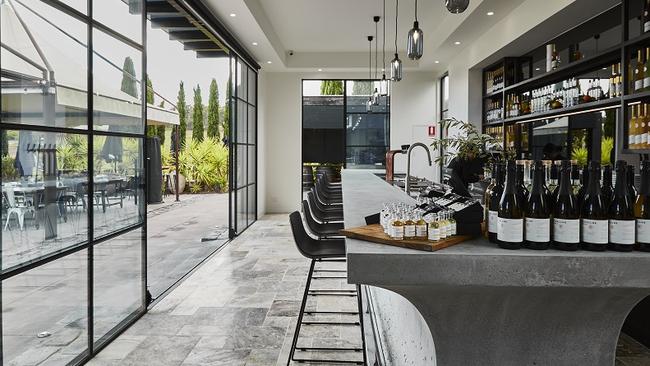
If John di Pietro wanted to make grappa that reminded him of home back in Italy, you wouldn’t be reading about it here. “It was rough,” he says. “They didn’t have the technology then. We’re here to make ultra-premium grappa.”
For centuries, this was the drink of the poor, a spirit produced in the spirit of wasting nothing. The detritus of winemaking – skins, stems, pulp, seeds – went into the still, and di Pietro is being polite; from my memory of the stuff made in a friend’s shed, “rough” barely covers it.
At Pietro Gallus Estate in Warrandyte, where Melbourne suburbia meets the Yarra Valley, they’re coming at grappa from the opposite direction, including a just-opened tasting bar to educate Australians about this drink’s potential.
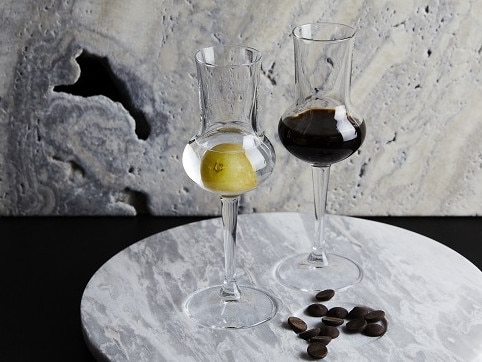
They also produce wine, citrus and olives to service other product lines plus an onsite restaurant, the result of an effort to create what di Pietro calls “a piece of Italy in the Warrandyte bush”. When sampling grappa on the vine-covered terrace overlooking the olive grove, it’s the eucalypts on the opposite ridge that look out of place.
The estate’s distiller Nathan Rigby believes great grappa is about what you leave out, so he eschews the other offcuts to use only the grape skins. “That’s where the flavour and aromas are.” He sticks to four Italian varieties known to work best – prosecco, moscato, pinot grigio and barbera. And apart from water, the other main ingredient seems to be money: making grappa is expensive, and di Pietro has imported specialist equipment from Italy. That includes the main still, christened Scarpone, which is Italian for “boot” and the nickname of his grandfather, who returned from World War I with virtually nothing except a pair of said footwear.
The vapour created in Scarpone finds its way into a companion still that includes a filter of Carrara marble. Rigby says he’s the only distiller in Australia to use this particularly soft and porous stone, also used in the construction of the Pantheon in Rome and in crafting Michelangelo’s David.
Grappa is difficult to make, given it doesn’t have flavours added in the barrel, and Rigby says: “This is part science but also art. It becomes personal.”
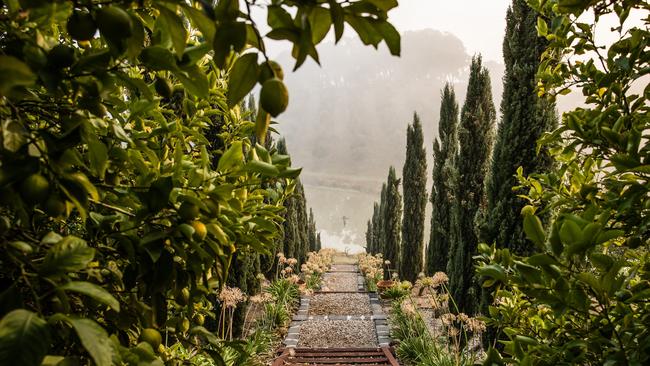
It’s the tasting bar’s first day of opening and di Pietro, who is a builder, is very proud of what he’s constructed, from the polished concrete bar to the marble floor. On shelves in front of the mirrored wall in this sleek space are the offerings: five grappas but also various liqueurs. The tastings are presented in fights of three ($15-$20). Barman John starts us with the prosecco – the grappas are all single-variety – a clean spirit that sits nicely on the palate. It’s served with a frozen prosecco grape, which is a bit hard to get at, the classic grappa glass being small, with a barrel bottom and a narrow neck. The moscato up next is ultra-smooth and more aromatic. John says it makes a terrific grappa sour.
The barbera stravecchia is the exception to the rule of no extraneous influences, being aged for 24 months, first in new French oak before being finished in cognac barrels. If I didn’t know it was grappa, I’d swear it was a very interesting whisky. The liqueurs are just as tantalising, with the limoncello being an Italian summer in a glass, whereas the arancia, utilising Murray Valley oranges, is more subtle.
All these, plus the estate’s wines vintaged from around the Yarra Valley and in Heathcote, complement classic Italian fare in Olivigna restaurant. I sip a grappa sour while awaiting tempura-battered zucchini flowers, squid ink tagliatelle with cuttlefish and prawns, and a top-notch tiramisu.
Di Pietro’s wife, Anna Gallo, is in the tasting bar when I make my purchases, and she observes that while many great tastes of Italy are confined to their region of origin, grappa is almost universal. “There’s not an Italian who’s not touched by grappa,” she says. And starting now, a few Australians.
Jeremy Bourke was a guest of Pietro Gallus.

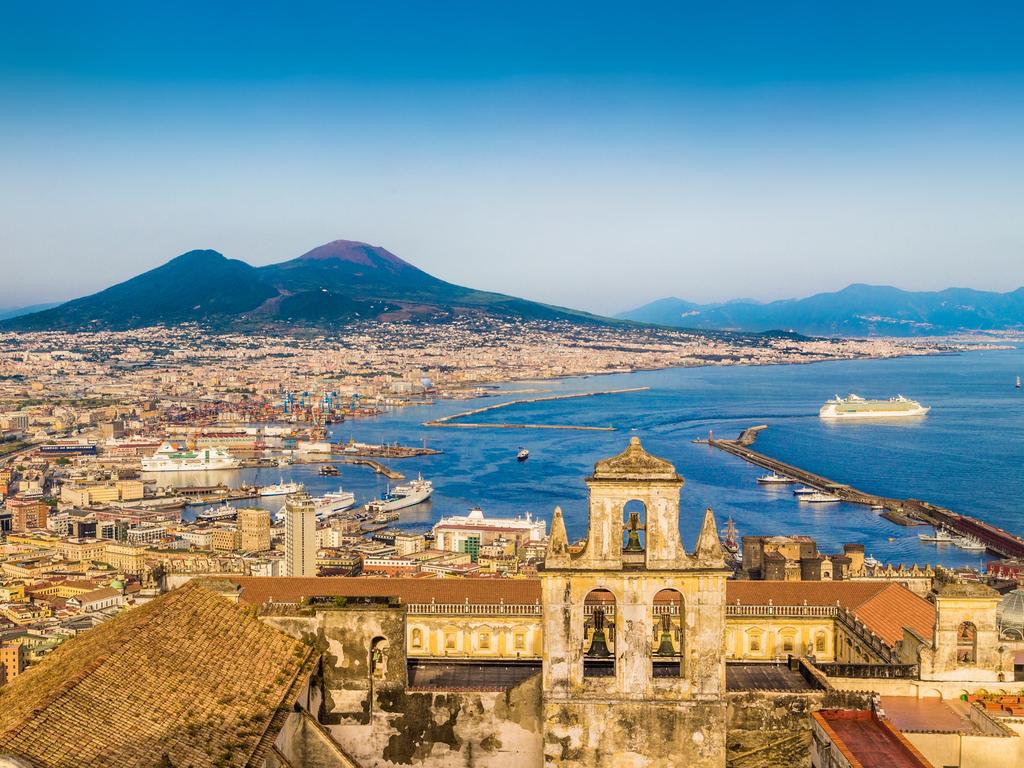
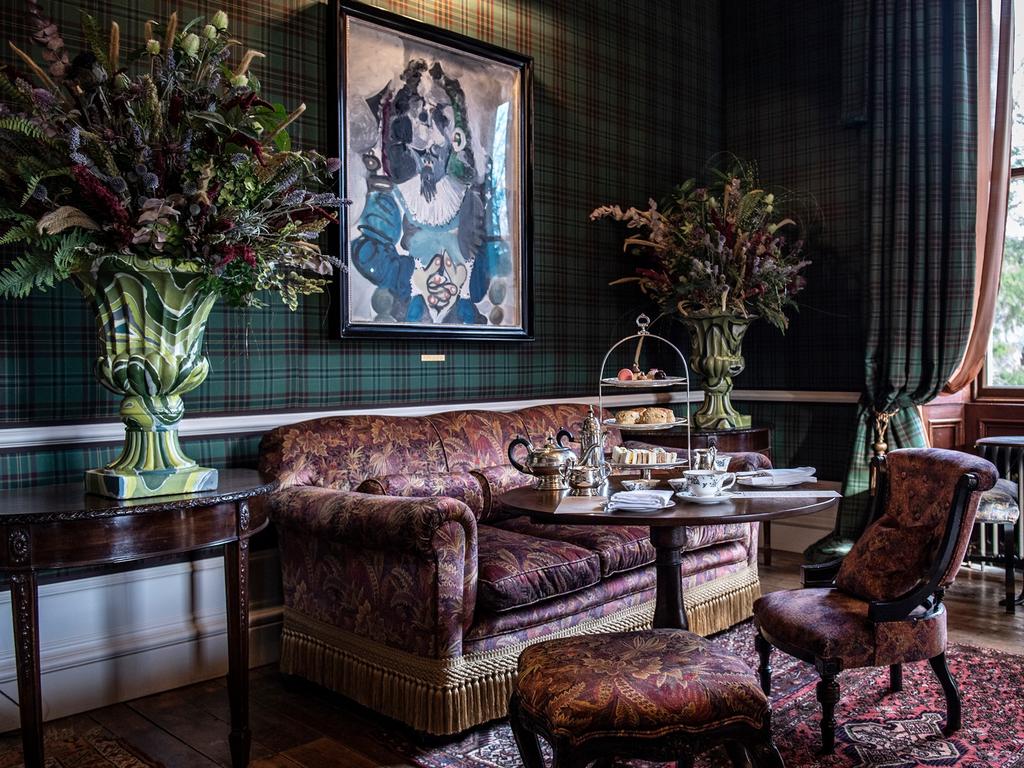
To join the conversation, please log in. Don't have an account? Register
Join the conversation, you are commenting as Logout